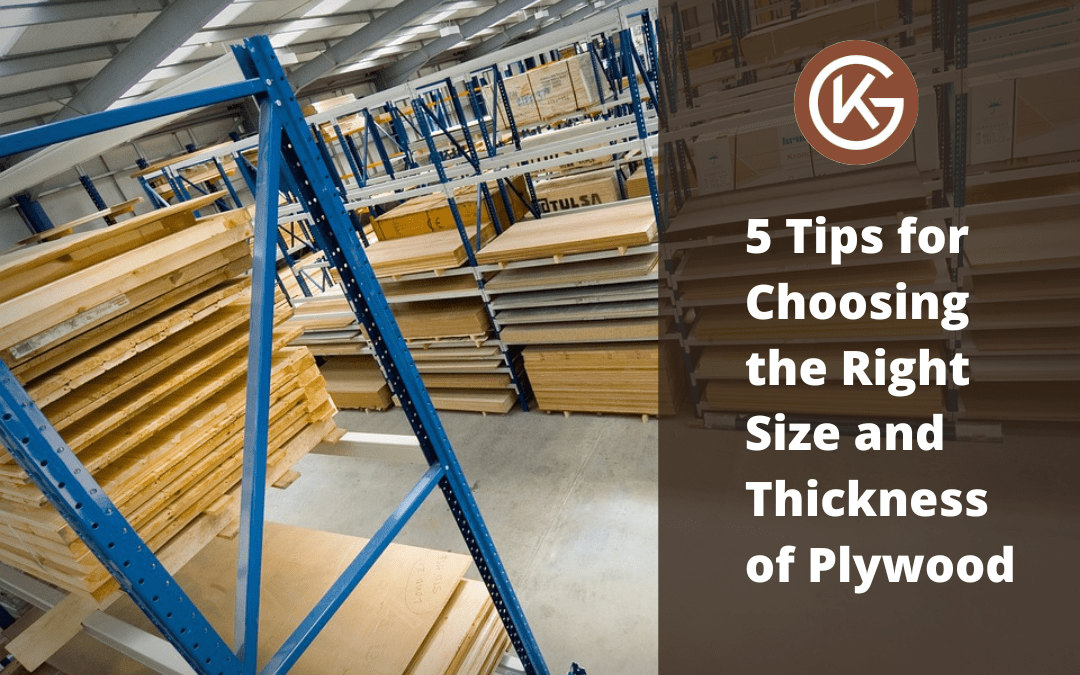Introduction
“For a house to be successful, the things placed there must communicate with one another, respond and balance one another.” – Andre Putma.
Choosing the right material, like the thickness of plywood, and sheet sizes, is the most essential step of home design. Getting your Right plywood size and thickness can be a little hard if you don’t know about it.
For some applications, the right size and thickness of plywood would help your end product make smooth and could save you unnecessary hustle in the future.
Nobody wants to rush halfway through building something and realize they got the wrong dimensions and thickness.
To avoid all these mistakes, today, in this article, we will talk 5 tips for choosing the right Right Plywood Size and Thickness .
Let’s get started!
Prepare for the Project
The Right Plywood Size and Thickness will have varieties. You can buy thick plywood, but when sanding or cutting, thickness changes and will absorb and lose moisture, affecting the product’s size.
To avoid this, you can ask professionals to show you a few small cuts of plywood in different thicknesses to ensure plywood can perfectly fit with each other.
It is essential to take these preventive steps to ensure it does not come at the time of building and find out that the sheets cannot be cut. It would cost more money and waste your time on the project.
Plywood for Furniture
Many furniture fronts, such as drawers and cabinet tops, has high-grade plywood with elegant veneer. Mainly, cabinet construction needs ¾ plywood or else ½ plywood, which is less expensive and makes the final piece lighter.
On the other hand, the drawer side requires ½ thick plywood and drawer bottoms need only ½ thick plywood. Thicker plywood is always heavier, stronger and more durable choice.
Plywood for Walls
You can only use exterior grade plywood where weather exposure is present. Interior plywood is not a safe option because it is not waterproof, and its use in outdoor applications can cause huge damage.
Moreover, when the plywood gets exposed to severe weather, it can compromise the quality of the material, leading to collapses and serious injuries. Using ½ thickness plywood for walls is standard and an ideal choice.
Plywood for Roofing
Many local builders use ⅜ thickness plywood for roofing. But if you want a long-lasting and safer roof, spend a little more money and go for ⅝ thick plywood. Because plywood with ⅜ thickness won’t support someone working on a roof.
Furthermore, using thinner plywood for roofing offers less material for shingles to get attached, which makes it easy for them to fly off in the high wind.
Plywood Flooring
When it comes to plywood flooring, the best way is to use different types of plywood flooring products as per your requirements. The thin plywood sheet would get damaged and worn out easily.
So, to avoid that, you can go for Particle Board Flooring and CD Structural Plywood Flooring from 15 to 25 mm thick which has waterproof properties.
Conclusion
In the end, we can say that the plywood’s length and breadth depend on the furniture’s size. But with thickness, you need to be careful to avoid any errors.
It is not worth spending time designing a piece of furniture that will not last longer than expected. Try to spend extra money on thicker plywood for better and cost-effective furnishings.
You can contact Guru Kripa, the authentic plywood shop in Mohali, to buy the right size plywood. We offer various types of plywood at the best price. For any queries or questions, contact Guru Kripa for better assistance.
Also Read :- Which type of Plywood is Best for Home Interior?

